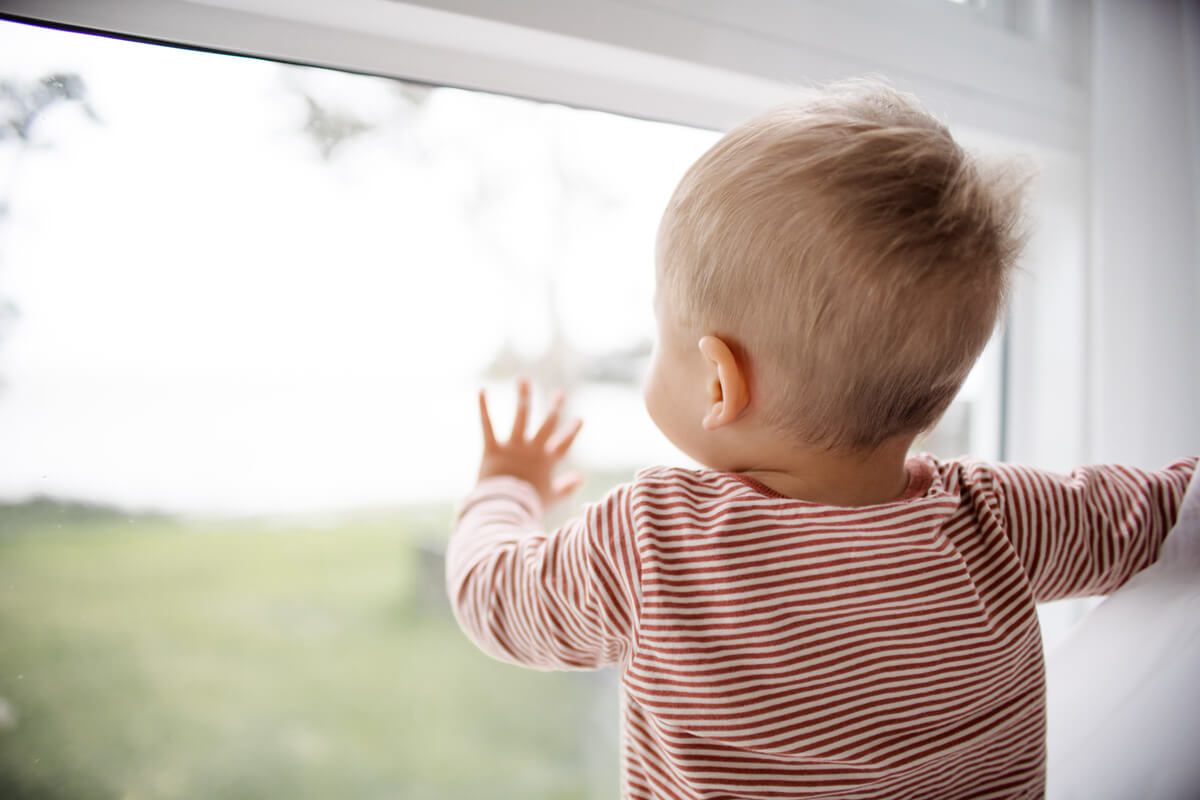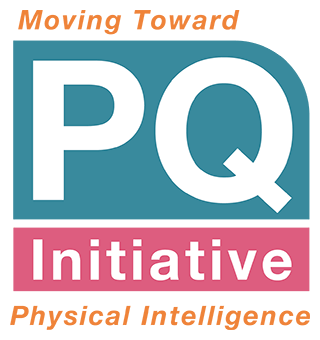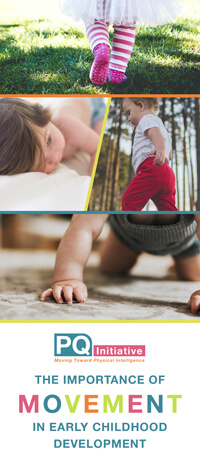
My Story
If anyone told me I would be proposing a new social science theory twenty years ago, I would have thought they were crazy. So how did my PQ theory come about? What’s my story?
I grew up in the 70’s and 80’s and enjoyed a fairly stable, “normal” childhood as it was considered for that era. Mind you, we had no internet, no cell phones. In fact, I grew up without television. So, I played outside with the neighbor kids, rode my bike, climbed trees, built forts and read - a lot.
Due to severe asthma, and an eye condition called amblyopia which renders me legally blind in one eye, I avoided organized sports as a kid. At the age of 14, I found my way into a YMCA weight room. By 16, I was a competitive powerlifter and by the age of 28, a certified fitness instructor. During the intervening years, I challenged myself to overcome many of my physical limitations, discovering how incredibly adaptable our bodies and minds can be when given the right amount of difficulty, motivation and consistent practice.
At the age of 26, we had our first child, Andrew. Beautiful and sweet, our baby also demonstrated some significant, concerning behaviors, some of which I describe elsewhere on this site. It wasn’t until he was nearly age three that our son was diagnosed with pervasive developmental disorder “not otherwise specified” (PDD-NOS). We were sent home without any treatment plan and even less hope.
Watching our child struggle remains to this day, one of the most painful experiences we faced as parents. Feeling helpless and lost, watching your child’s physical and emotional development lag behind their peers is frightening. What will our child’s future be? Will he ever live an independent, happy or fulfilling life?
It wasn’t long before I started researching ways to help our son. With support from our local education service district, we employed Speech and Applied Behavior Analysis (ABA) therapies. On our own, we pursued vision therapy and occupational therapy approaches as well as a number of learning-based interventions during his elementary years. When our second son was born, we initially felt a sense of relief. We even named him Noah, a name symbolizing rest and consolation. Noah was, indeed, very different from his brother. And, just like his brother, he was also very different from other children, just in different ways.
We didn’t think much of it at the time. It wasn’t until several years later when I found a book called, The Out-of-Sync Child, that I began to realize both of our sons were on the autism spectrum – just on opposite ends of the spectrum.
This realization ignited a fire in me. I had to figure out a way to help our kids be as successful as possible, despite their unique challenges. Aside from my tenacious pursuit of answers (and many, many prayers,) several serendipitous events came about when they were needed most. There was the friend who suggested the initial screening for a neurodevelopmental disorder (which we had to find on our own, drive five hours round trip to and pay for out-of-pocket). My sister, who worked in Washington State with adults with intellectual and developmental disabilities (IDD), came back from a training sharing a new treatment approach called HANDLE. And then there was my own increasing knowledge around exercise. The more trainings I received for teaching adults how to move physically to optimize mind, body and spirit, the more I recognized the importance of movement for my children’s healthy development. There were many books, journal articles, and conversations with other parents that aided me along the way. I have included some of these under my Resources tab.
Of all the discoveries, the HANDLE Institute approach was the most impactful. Developed by Judith Bluestone, a woman born with severe neurodevelopmental differences herself, HANDLE practices focus on making structural and functional changes to the brain. Repeated physical and eye movement patterns, environmental and nutritional changes help to alter brain wiring to better organize sensory processing, which improves nervous system function. Learning about the importance of the vestibular system was a pivotal moment. And later, learning about the importance of integrating primitive reflexes rounded out my emerging PQ theory.
We were fortunate to find a certified HANDLE practitioner in a city about two hours away, where I drove our children on a monthly basis for two years. Realizing the out-of-pocket expense and nearly 200-mile round trip visits were out-of-reach for most families, I considered deeply how these approaches could be made more widely available.
Sadly, at no point in our journey did a medical professional or special education service provider ever suggest any interventions outside of what was made available through the public school system. Beginning at age three, both of the boys had speech therapy twice a week for 10-20 minutes, once or twice a week. In addition, Andrew received some behavioral therapy in similar doses. We spent more time filling out paperwork and attending their Individual Education Plan (IEP) meetings than they received in direct services. Once I learned about neuroplasticity, it became clear to me that we were doing too little, too late to help our children.
The good news is that, now, children are being screened at earlier ages, and we are beginning to factor Adverse Childhood Events (ACEs) into early diagnoses. Additionally, occupational therapy is more widely covered by insurance. However, many kids still fall through the cracks. Most frustrating is the lack of comprehensive understanding of what is possible. The science is there but we aren’t using it effectively and not at the ideal stage of development. The brain is most capable of change during the first three years of life. This is when we need to act.
The most important takeaway from our experience has been understanding neuroplasticity. For the brain and body to change, we must engage in certain activities with enough frequency, at the right level of challenge and for a long enough duration. As they say, “use it or lose it.” If we want to increase our endurance or build stronger muscles, we have to get a minimum amount of exercise to bring about those adaptations. The same thing applies to changing how our brains and nervous systems function. We have to have enough consistent exposure to movement, nutrition, social connections and healthy environments to bring about cognitive and social-emotional development.
Our story has a happy ending. All three of our sons are college graduates living happy, fulfilling lives. Neurodivergent? Yes. And yet, able to manage and regulate themselves to successfully navigate life. I am confident that the activities our kids were exposed to made all the difference. I also know that we could have done a lot more a lot sooner, had we only known then what we know now. My dream is to help all kids become well-regulated, confident, happy and healthy. We have a lot of work to do. I hope you’ll join me!

